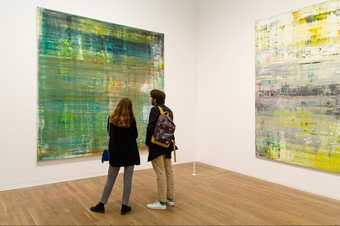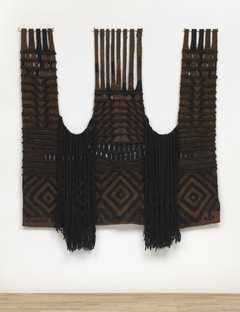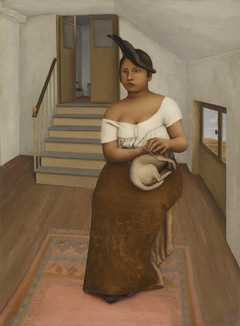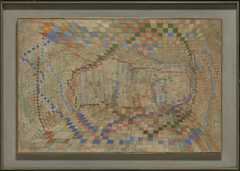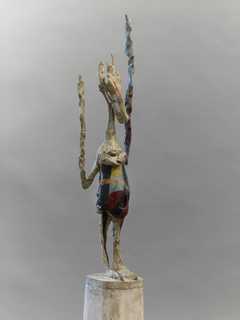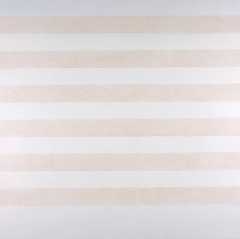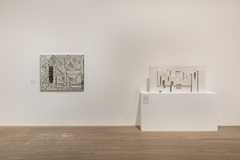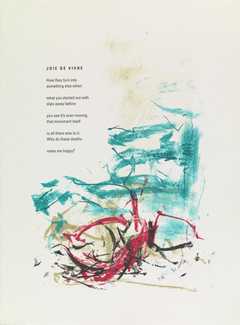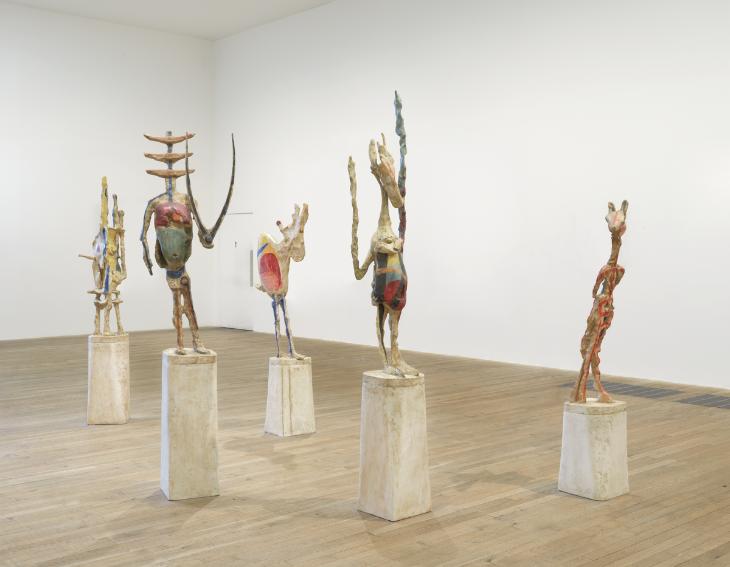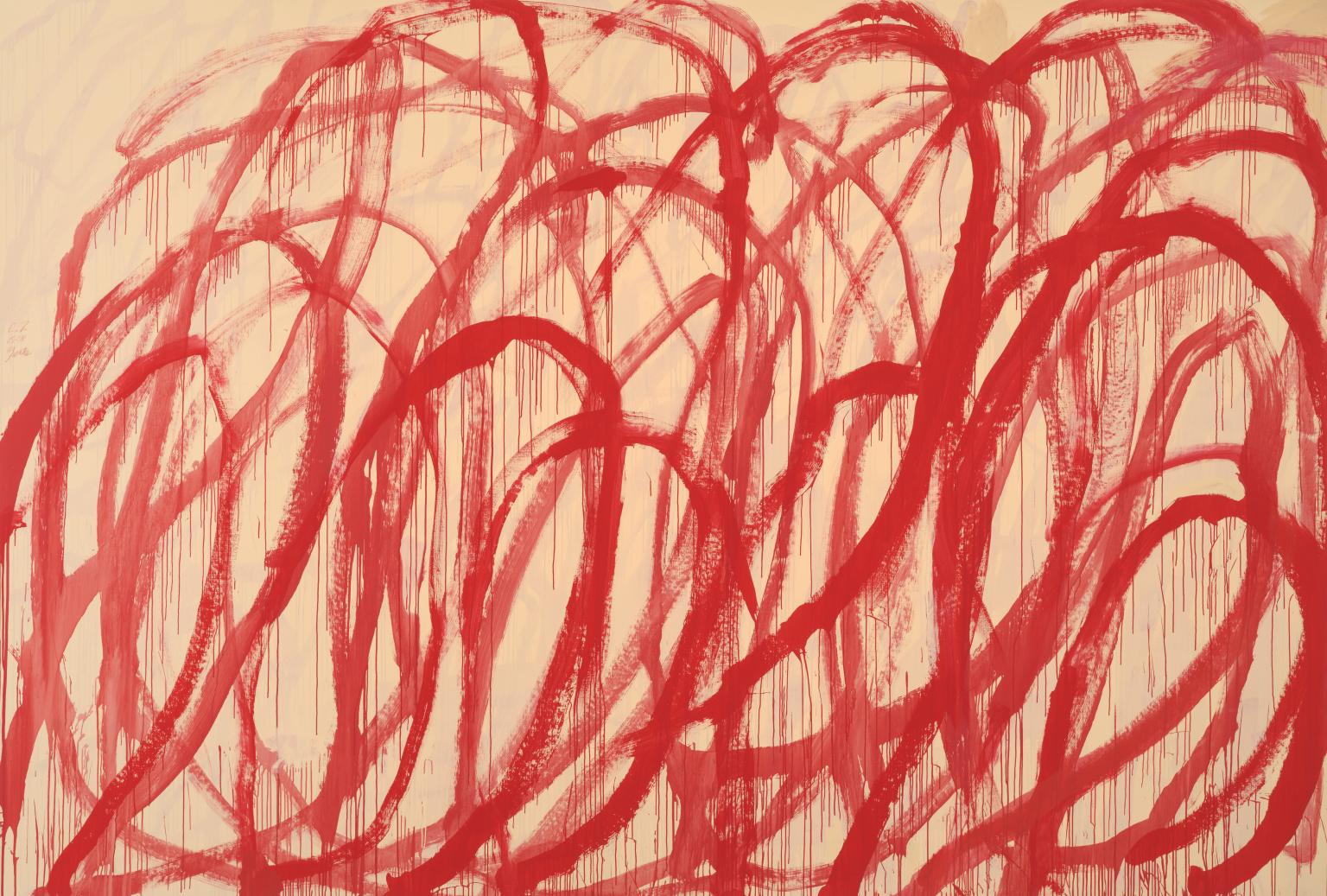Free Display
In the Studio
Investigate the processes artists use to make artworks, and how our responses are integral to the piece
The close engagement between the individual and the work of art, whether an artist’s process of making or a viewer’s experience of looking, is the focus for this display.
It includes depictions of artists’ studios as well as abstract works that draw attention to the complex nature of perception.
11 rooms in In the Studio
Highlights
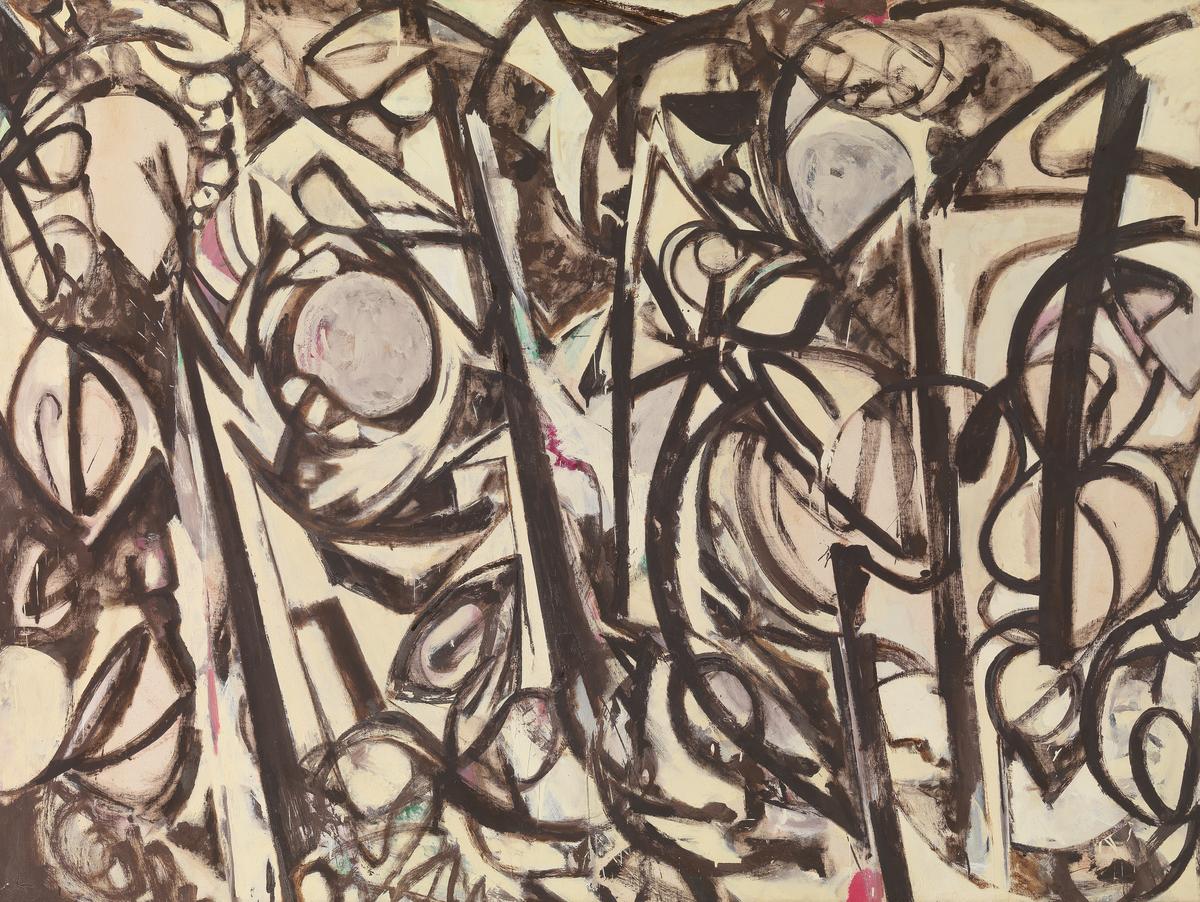
Lee Krasner
Gothic Landscape
1961
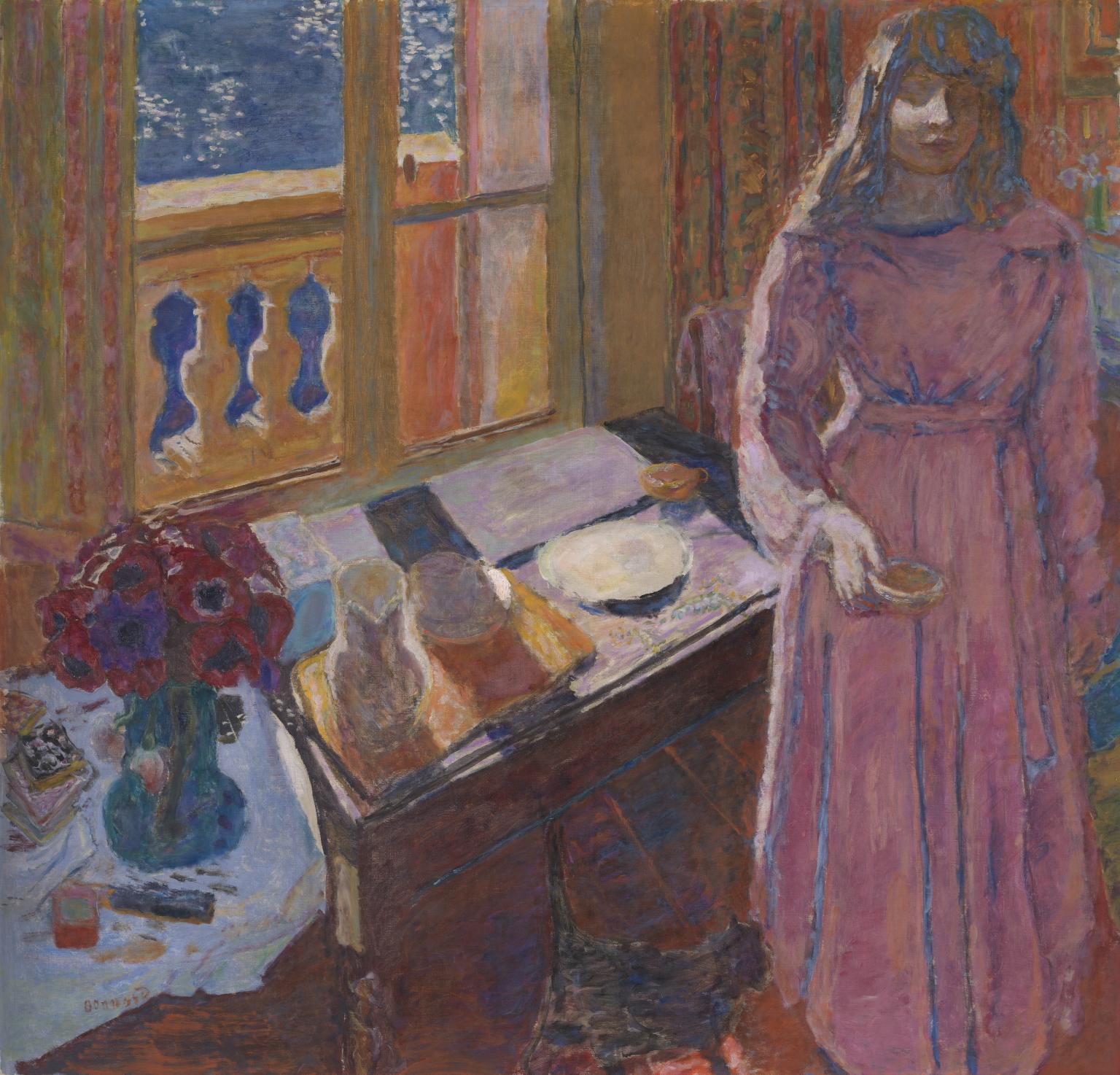
Pierre Bonnard
The Bowl of Milk
c.1919
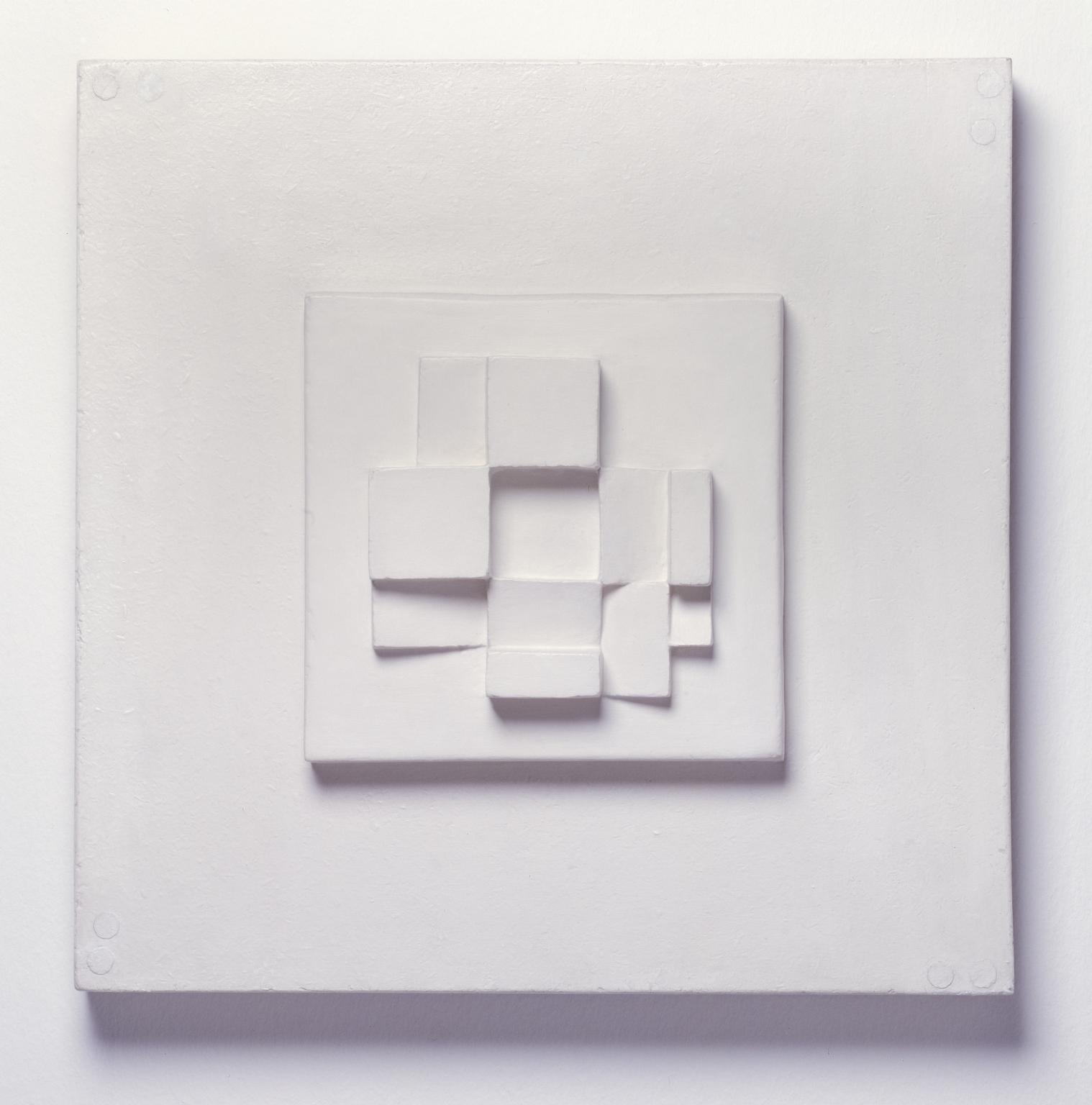
Mary Martin
Spiral Movement
1951

René Magritte
Man with a Newspaper
1928
You've viewed 4/6 highlights
You've viewed 6/6 highlights

